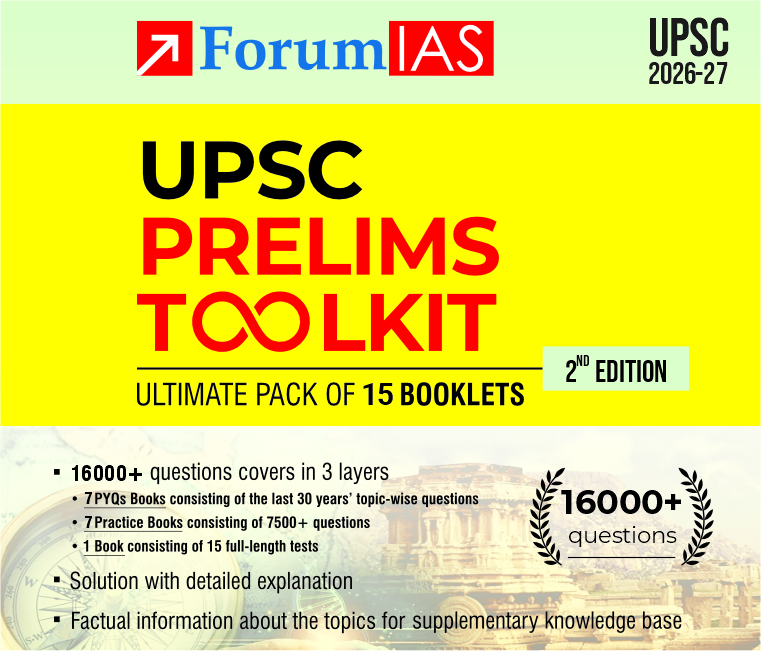This post on India’s Ministry of External Affairs (MEA) budget has been created based on article “The Budget pipeline and India’s foreign policy ambitions” published in The Hindu on 29th January 2025.
UPSC Syllabus topic: GS Paper 2-International Relations
Context: The article examines the allocation of India’s Ministry of External Affairs (MEA) budget and its implications for the country’s foreign policy ambitions. Despite a significant 23% budget increase last year, the MEA remains one of the least-funded ministries, limiting India’s ability to meet global expectations and expand its diplomatic influence. It also argues that India’s vision of Viksit Bharat by 2047 requires stronger international partnerships, regional integration, and diplomatic investments.
Why Is the MEA Budget Important?
- The Ministry of External Affairs (MEA) plays a crucial role in implementing India’s foreign policy and global ambitions.
- Despite its importance, it remains one of the least-funded ministries, affecting diplomatic outreach and project execution.
- In 2023, the MEA budget saw a rare 23% increase, compared to the usual 4% annual rise between 2017-2023.
- Even with 96% budget utilization, the MEA’s allocation remains just 0.4% of total government expenditure.
What Is India’s Foreign Policy Vision?
- The vision of a ‘Viksit Bharat’ by 2047 relies on strong global partnerships.
- India aims to lead the Global South, enhance regional connectivity, and strengthen ties with ASEAN and the Quad.
- It has also launched global initiatives such as the International Solar Alliance and the Coalition for Disaster Resilient Infrastructure.
Why Is an Increased MEA Budget Necessary?
- Partner countries expect timely project completion, financial support, and strong diplomatic engagement.
- In 2022, the Parliamentary Standing Committee on External Affairs recommended raising the MEA budget to 1% of total expenditure (a 63% increase).
- While this is unlikely, even a gradual rise to 6%-0.8% would demonstrate commitment to India’s foreign policy goals.
What Are the Key Areas Needing More Funds?
Two major areas require increased funding:
- Economic tools for regional integration and cooperation:
- India’s regional influence is challenged by Bangladesh’s leadership change, Myanmar’s instability, Nepal’s strained ties, and Maldives’ “India Out” stance.
- China’s growing presence in South Asia makes it crucial for India to offer stronger economic support to its neighbors.
- Institutional capacity building:
- The MEA needs more resources to expand human capital and strengthen research expertise.
How Has India’s Foreign Aid Policy Changed?
- In 2024-25, India’s foreign aid declined by 10%, but loans to foreign governments increased by 29%.
- 50% of India’s grants go to neighboring countries, with notable shifts:
- Bhutan remains the largest recipient, focusing on energy cooperation (hydropower and grid connectivity).
- Bangladesh’s aid fell from ₹200 crore (2023-24) to ₹120 crore (2024-25).
- Sri Lanka’s aid increased by 63%, reflecting stronger engagement.
Why Is India Shifting from Grants to Loans?
- India has moved from direct grants to Lines of Credit (LoCs), with 45% of LoCs directed to neighboring nations.
- Bangladesh is the largest LoC recipient at $7.86 billion.
- While LoCs support sustainable infrastructure, they require better oversight and disbursement mechanisms, increasing pressure on India’s diplomatic system.
How Does the MEA’s Institutional Capacity Affect India’s Diplomacy?
- Strengthening diplomatic institutions and expertise is essential for long-term foreign policy success.
- The MEA’s training budget grew by 30% in 2024-25, but overall capacity-building allocations remain inadequate.
- The Indian Foreign Service (IFS) is understaffed, with slow expansion plans and limited lateral recruitment.
Are India’s Research and Cultural Diplomacy Budgets Sufficient?
- In 2024-25, funding for foreign missions, training, and cultural diplomacy grew by only 7%.
- Key institutions saw budget cuts:
- Nalanda University’s funding fell by 20%.
- South Asian University’s budget was cut by 22%.
- While India spends on global conferences and dialogues, it must also support policy-relevant research in Indian universities and think tanks.
Why Is Declassification and Digitization Important for India’s Foreign Policy?
- External Affairs Minister Jaishankar noted that Track 1 (government diplomacy) is ahead of Track 2 (scholarly and public policy research).
- To bridge this gap, the MEA should invest in:
- Declassification and digitization of historical records.
- Public e-access to documents to help scholars analyze India’s diplomatic history.
- Encouraging Track 2 research to help policymakers learn from past successes and failures.
What Is the Way Forward for India’s Foreign Policy Budget?
- Increasing MEA funding is essential to meet India’s growing diplomatic responsibilities.
- Budget increases should prioritize:
- Expanding regional economic support to counter China’s influence.
- Strengthening diplomatic institutions and research capacity.
- Enhancing foreign aid oversight and project execution.
- Investing in digitization and historical research for better foreign policy planning.






